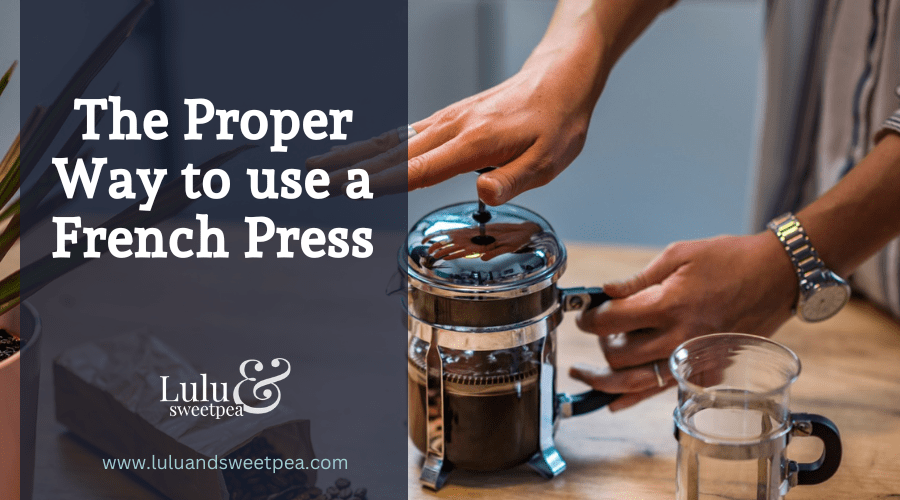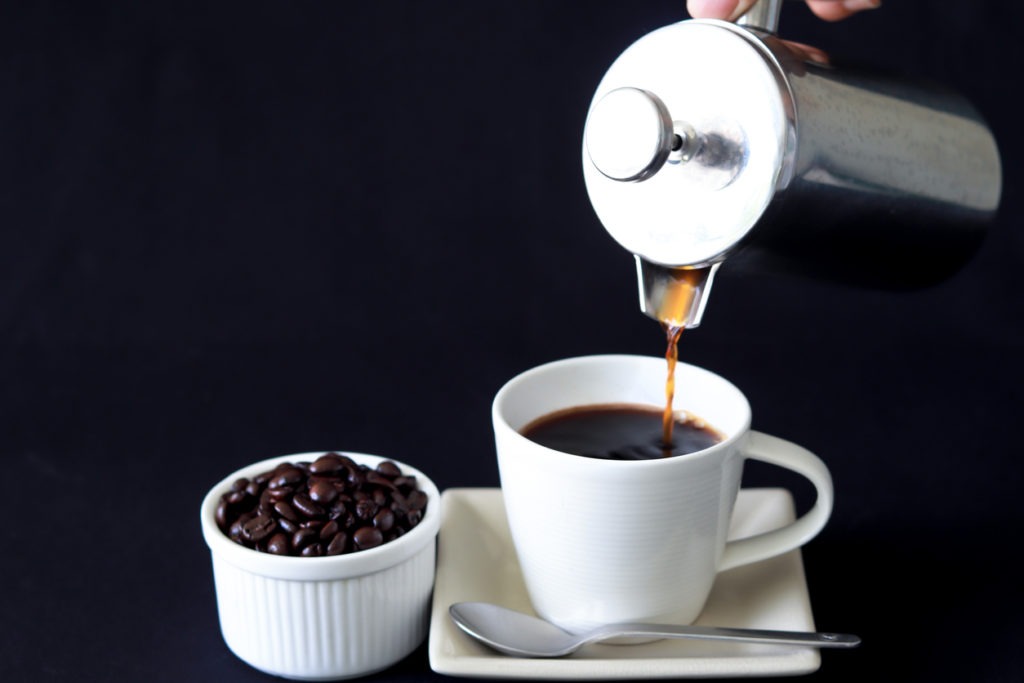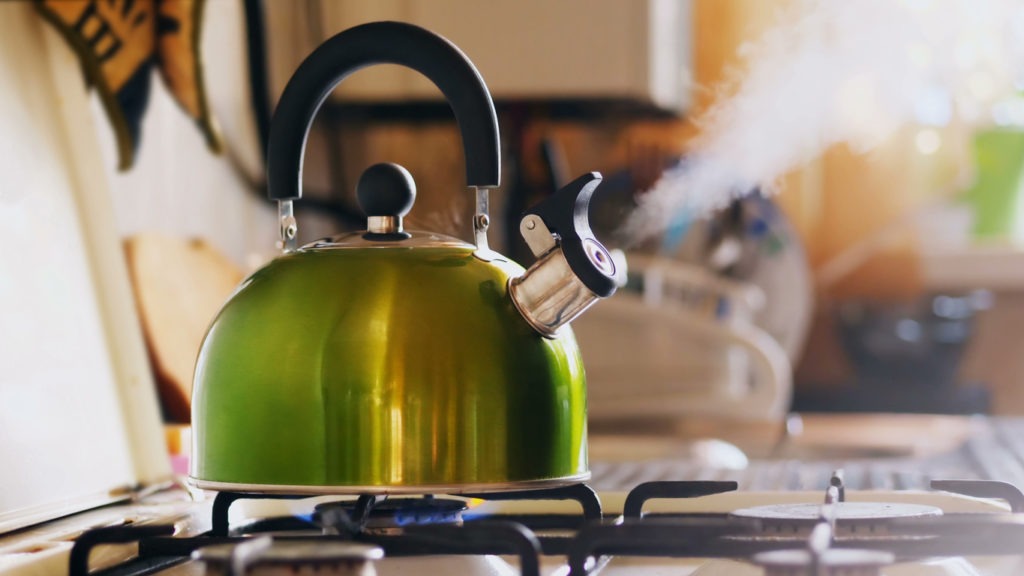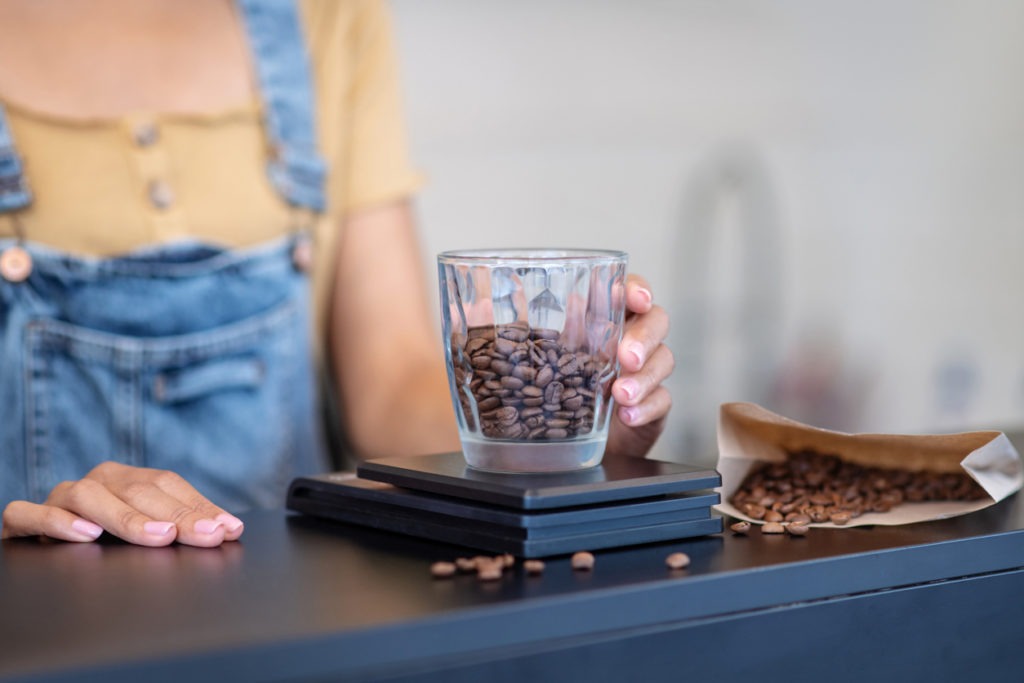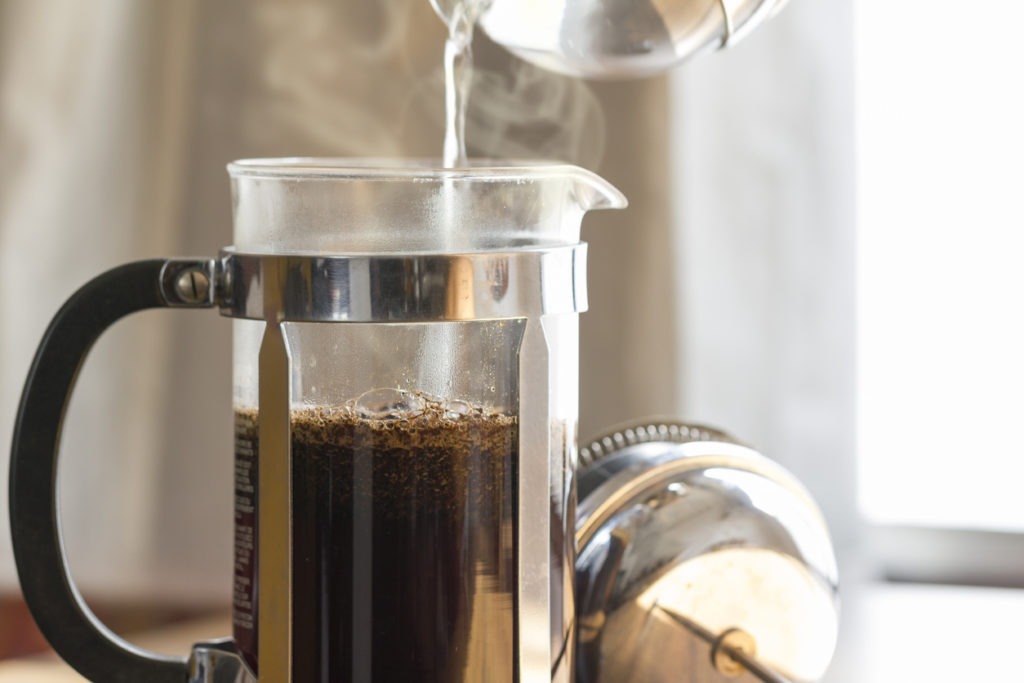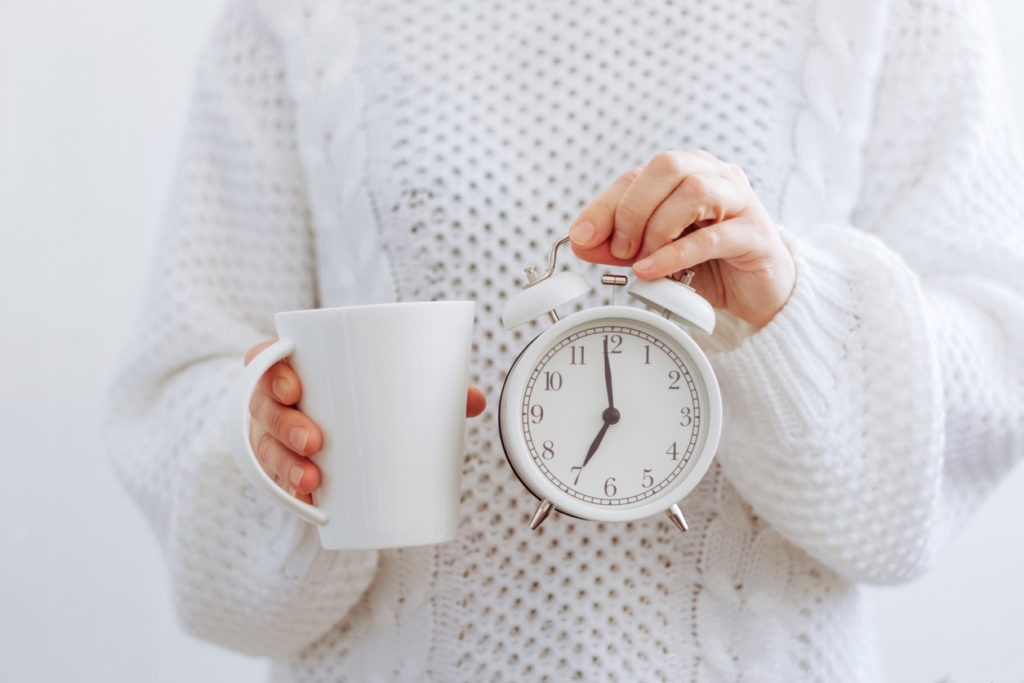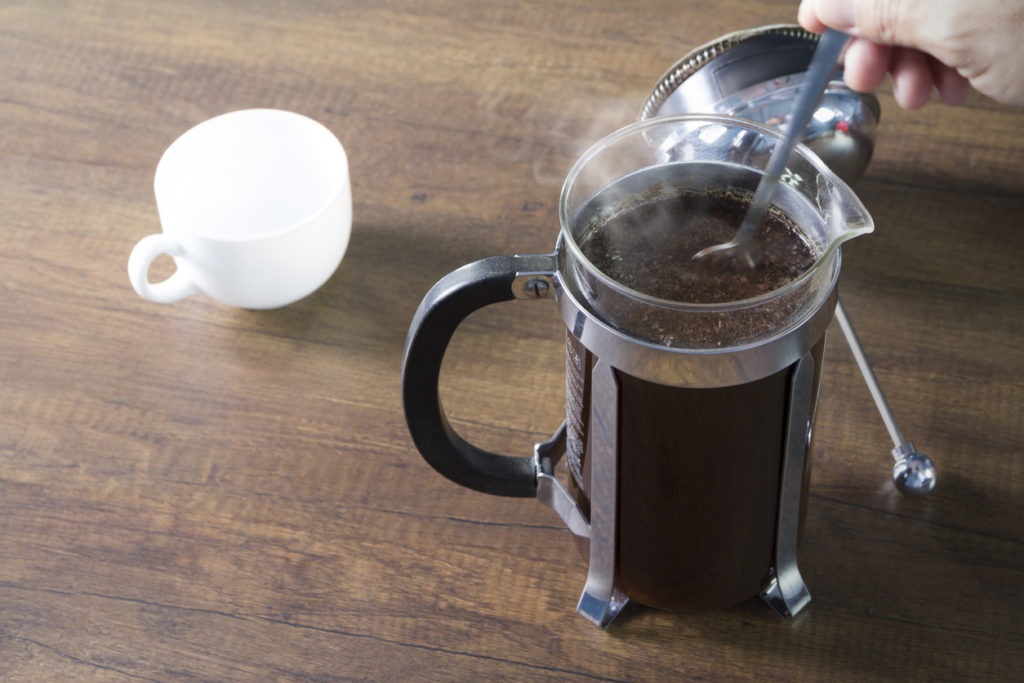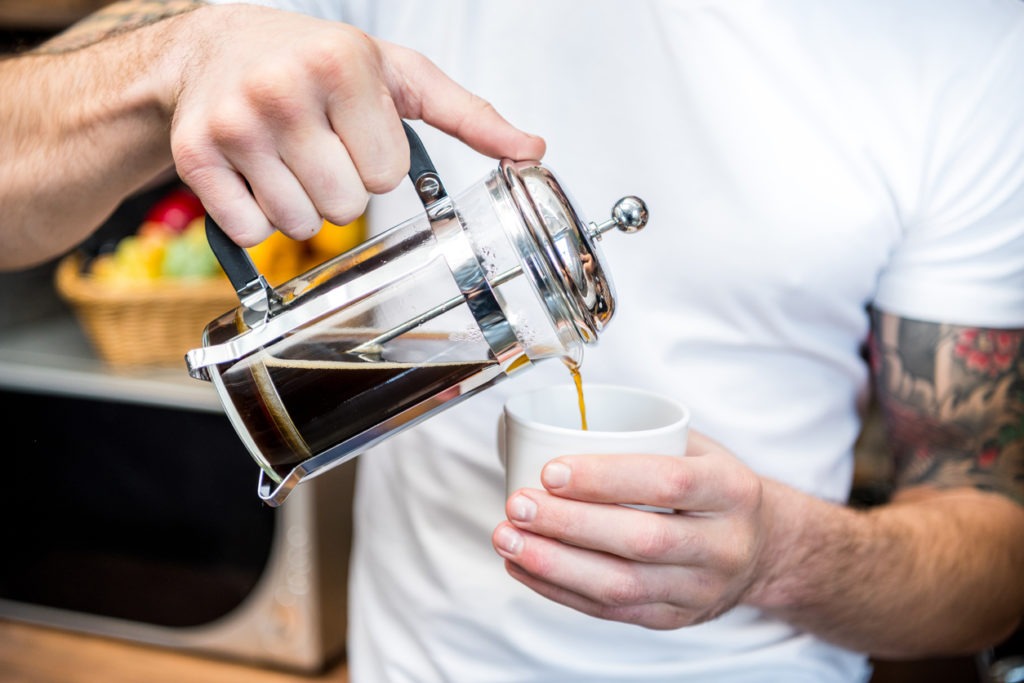The French press is one of the most frequently utilized technique for making coffee, among the many other approaches. Did you realize, though, that 90% of people who use a French press do so incorrectly? I know, that’s insane. But if you follow the right instructions, employing this approach to make amazing coffee is actually relatively simple.
We are here to help you if you already own a French press but are unsure how to use it or if you’re considering purchasing one. Here, we’ll show you the proper procedure to operate a French press. After reading this post, you will be producing consistently great coffee that is superior to what you have been brewing recently.
How Does a French Press Work?
Your preferred coffee brewing method should be a French press if you enjoy robust and rich brews. A manual French press has a cylindrical carafe, a plunger, and an inside filter that allows the coffee to percolate. It steeps coarse grinds in boiled water for about roughly four minutes.
This method is gentler than drip coffee making or stovetop brewing, which heat the water to extremely high temperatures and occasionally scorch the coffee beans. In order to prevent coffee from continuing to “cook” and become bitter after brewing, a French press doesn’t let it sit on a warming plate.
When making coffee in a French press, ground coffee is first soaked in hot water before the grounds are extracted from the coffee by pressing the filter. To maximize flavor extraction, water should be around 200°F. Your coffee will taste burnt if it is any hotter (water boils at 212°F). On the other hand, your coffee will be under-extracted, flavorless, and watered-down if it gets any colder.
Because the coffee is submerged in the water, as opposed to drip brewing, where the water passes through the coffee grounds, this method of steeping coffee and water together for a long time is known as immersion brewing. With immersion brewers, it is easy to achieve a uniform extraction because the coffee and water are combined. If the coffee ground is too fine or the water and coffee are steeped for too long, this method is susceptible to over extraction.
Choosing the Right French Press
If you use a cheap, subpar press pot to brew, you’re going to have a hard time brewing a decent cup of coffee. While it may be tempting to choose the least expensive choice, will it be beneficial and practical if you have to replace it in 6 to 9 months?
The size of a press pot is typically 4 to 8 cups. Just keep in mind that a “cup” is substantially smaller than a typical coffee mug. For many businesses, a typical cup only contains 4 ounces.
Generally speaking, your choices for a french press are small, large, metal, and electric:
- Small French Press – Small presses are great if only you and possibly a friend or a family member use it frequently. It’s recommended to opt for presses that typically come in 3 and 4 cup sizes.
- Large French Press – Large presses are typically capable of brewing 8 to 12 cups of coffee. These are perfect for a crowd of coffee enthusiasts because it can have a number of cups of coffee in a single batch.
- Metal French Press – Metal presses are best for use if you reside in a cold area. These are more resilient and appear to retain heat more effectively than glass.
- Electric French Press – Electric presses are perfect for those who are lazy. This type of french press warms the water, brews the coffee, and then keeps it warm (However, we strongly advise you to decant the coffee once it is done).
Step-By-Step Guide on How to Properly Use a French Press
Actually, there are two ways to make coffee with a French press: a basic method and an advanced method. We’ll show you how to correctly do the basic method in this article.
Step 1: Preheat Water
Since it will take the longest, begin the water heating process first. Since 98–99% of coffee is water, it’s crucial to use clean, filtered water with a low mineral concentration.
Coffee should be brewed with water that is between 195 and 205 degrees Fahrenheit, but if you don’t have a thermometer, simply bring the water to a full boil.
Before brewing, the french press can be warmed up and cleaned with the boiling water. When determining how long to wait after removing the kettle from the stove, wait for 30 seconds after the water comes to a full boil.
Depending on how much water was heated initially, the time it takes for the water to cool to the necessary brewing temperature varies. Use a thermometer for the best results.
Step 2: Measure/Weigh Coffee and Grind
The amount of coffee beans you measure out mostly relies on the size of your coffee press and the quantity you desire. For grind size, you want a medium-coarse grind for the basic approach, but if you’re using the advanced additional steps, you want a medium grind.
Remember: for the best tasting coffee, it is always best to use fresh coffee and to grind it just before brewing.
Step 3: Preheat French Press (optional)
Although “warming up” the French Press and mug is frequently advised, there is little proof that doing so affects the flavor of your coffee. Although this step can help wash off any dust or leftover residue if you haven’t used your French press in a while.
Pour the warm water into the empty French press beaker and fill it up to 1/4 full. Put the top on the beaker and fully press the plunger. For a few seconds, swirl the hot water within to loosen any leftover coffee grounds.
Take the beaker’s lid off, then empty the water within.
Step 4: Combine Ground Coffee and Hot Water
Prepare your stirring spoon, scale (or measuring cup), and timer.
Pour ground coffee into the bottom of the beaker. To even out the coffee grounds, give it a little shake back and forth. Then pour in the appropriate amount of hot water all at once. To get all of the coffee wet, the pour should be done relatively quick. The next step is to quickly stir your coffee with a spoon to make sure all of the coffee grounds are properly immersed in the water.If a scale is unavailable, measure out the necessary amount of hot water into a measuring cup, then pour the water into the beaker.
Step 5: Time the Steep
After gently stirring the coffee and water for a few seconds to make sure all of the coffee grounds are wet, place the lid on the beaker with the plunger fully pushed up to assist maintain the temperature while the coffee brews.
And now, you wait. The normal steeping duration for a coffee press is four minutes, although you can subsequently change it to your liking.
Step 6: Handle the Crust
Lift the cover from the beaker once the timer goes off. Coffee grinds that accumulated on the top throughout the coffee’s steeping process should resemble a crust. Depending on how the crust is treated, the final flavor and texture of the coffee can be altered.
If you prefer a robust and flavorful final result, use the spoon to carefully break up the crust. As a result, the majority of the coffee will settle towards the bottom of the beaker.
If you prefer a light but still full of flavor cup of coffee, use the spoon to remove the crust and toss it. Continue to scoop out the floating coffee crusts until you have removed it all.
Step 7: Press and Pour
Place the lid of the back on top of the press and gently press the plunger all the way down.
The grind is too coarse if the plunger almost instantly drops to the bottom with little to no resistance. Alternately, the grind is too fine if it requires a lot of force to press the plunger to the bottom.
Once the plunger reaches the bottom of the french press, you can now pour the brewed coffee from the french press into your mug and enjoy!
Step 8: Do Not Pour the Last Drop
Do not pour the remaining last 10% of brewed coffee in the beaker. The amount of silt in this final portion will be substantial. The same is true with your mug, so hold off on taking the final sip!
Parting Tips
After each use, clean your French press. Your coffee will taste bitter because of coffee grounds and oil buildup on the filter and carafe. To remove any deposits and leftover oils, unscrew the nested filter and wash it according to the manufacturer’s recommendations.
